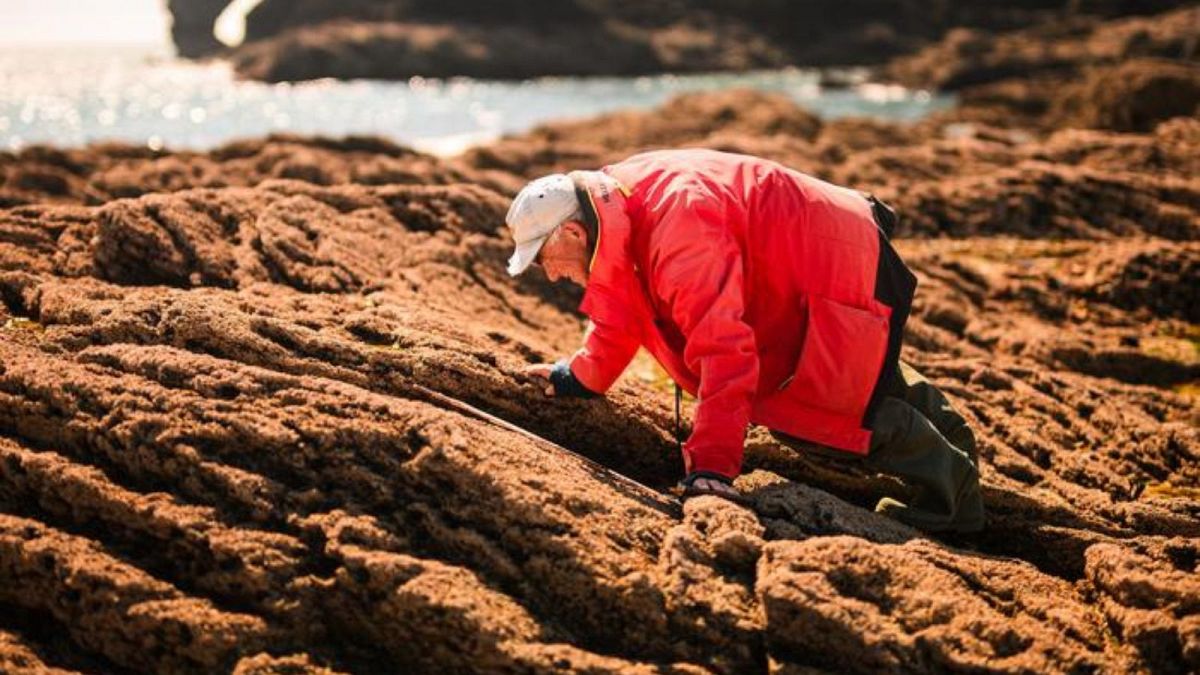

Environmental shifts and natural phenomena continue to shape our world in intricate ways, offering both challenges and opportunities for reflection and adaptation. As we explore these scenarios, we can gain a deeper understanding of our environment and the pivotal role it plays in our daily lives.
Looking back to the predictions made 25 years ago about coastal threats, scientists highlighted the emerging issues of agricultural pollution, invasive species, and climate change, which would affect rocky shores worldwide. These threats were expected to be significant, and indeed, many have manifested in varied and complex manners. From the unpredictable spread of non-native species that disrupt local ecosystems to the relentless advance of climate change, altering shorelines in terms of erosion and biodiversity loss, these predictions underline both the foresight and the unexpected twists in environmental pathways.
On a different note, Iceland recently faced a natural spectacle with the eruption of a volcano near Sundhnúksvígar. While volcanic eruptions are awe-inspiring reminders of Earth’s dynamic crust, they also lead to practical challenges. This eruption necessitated the evacuation of residents from nearby Grindavík and disrupted tourism activities at the beloved Blue Lagoon. Residents and visitors alike coped with this upheaval with calm resilience, highlighting the harmony humans can maintain with nature’s dramatic moments.
Elsewhere, in Greece, Athens’ reservoirs have been approaching historically low levels, raising concerns about future water scarcity. Studies show that the water supply system in Athens is under intense pressure. While the city has weathered such challenges before, these developments call for mindful management of resources, encouraging sustainable practices in water consumption and conservation to ensure future resilience.
In North America, cross-border environmental issues have once again taken center stage. A group of Republican lawmakers expressed concerns about the “suffocating” smoke originating from Canadian wildfires, which significantly impacted American summers. These fire incidents stress the interconnectedness of environmental policies and actions across borders and the importance of collaborative strategies to mitigate increasing wildfire events exacerbated by climate dynamics.
In Australia, an unexpected event unfolded as a creek in Melbourne turned a vibrant blue due to construction chemicals washing into Banyule Creek’s waters. The local Environmental Protection Agency has initiated an investigation into how construction activities may have impacted the local waterway. This incident serves as a poignant reminder of the delicate balance between urban development and environmental stewardship, and the ongoing need for vigilant environmental protection measures.
Throughout these diverse stories, a common thread emerges: the undeniable connection between human activity and environmental stability. By approaching such challenges with mindfulness and collaboration, we can strive for solutions that not only address immediate concerns but also foster long-term environmental health and resilience. As we navigate these complex issues, the path forward lies in balance, innovation, and a shared commitment to a sustainable future.
Source: {link}
